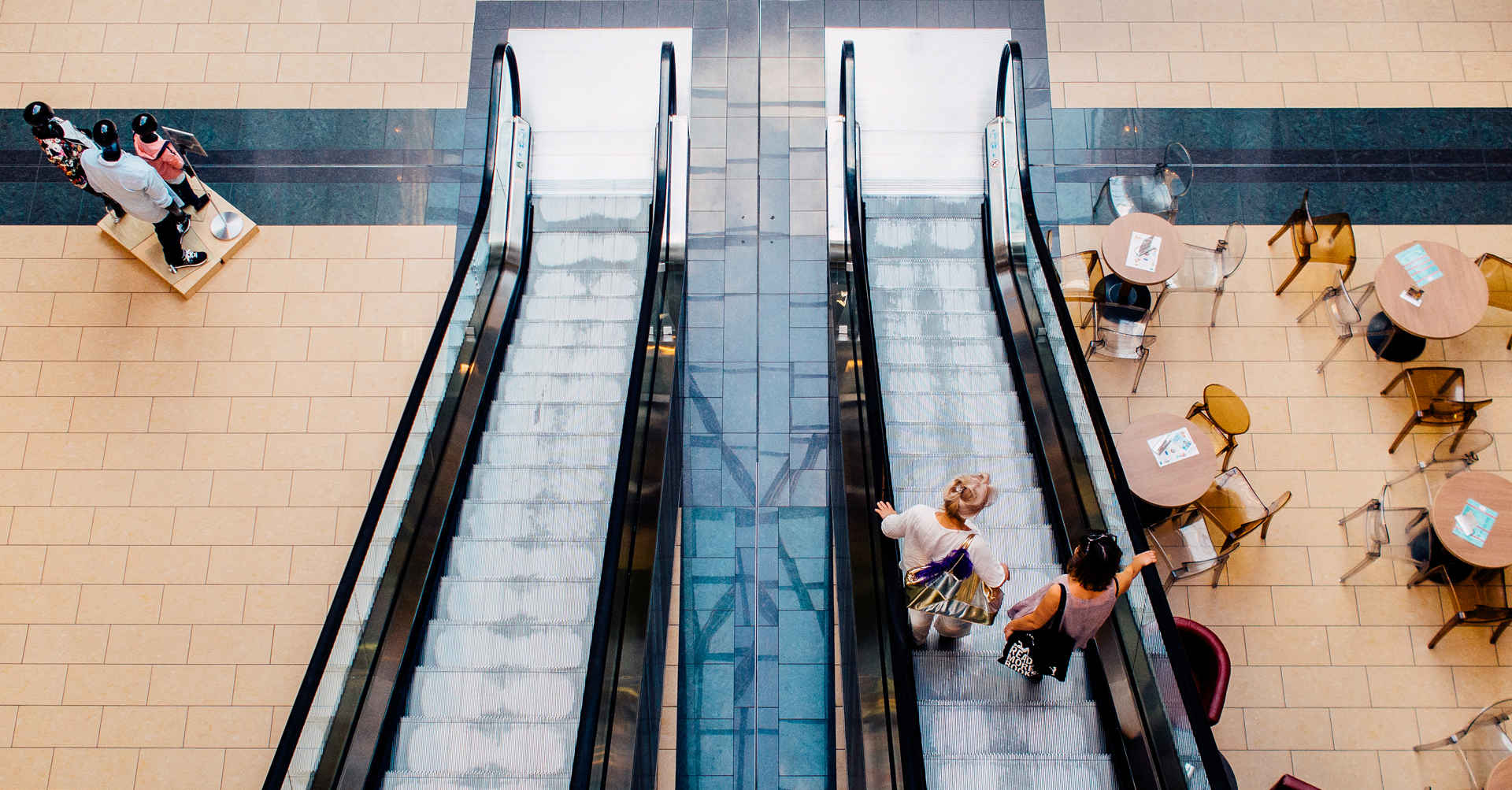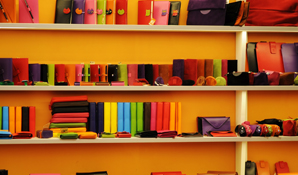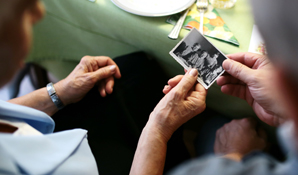Oh no. You walked into the store to buy bread and milk but ended up buying more than you needed and succumbed to the tempting line-up of chocolates while you waited in the check-out queue, again! How does this keep happening? The good news is that it’s not entirely due to a lack of self-control on your part. Over the years, retailers have amassed sufficient research into shopping behaviour to know exactly how to trick you into spending more. These are six common retailer tricks and the ways you can consciously sidestep them.
The staple food items are at the back of the storeThat’s right. If you want to buy bread, milk, eggs or even toilet paper, you are going to have to walk right to the back of the store. This increases the chance that you will pick up something else you didn’t intend to buy.
Fix: Walk straight to the back of the store without stopping to look at any displays or special offers.
Eye level trickeryShoppers are automatically drawn to items displayed at eye level, which is why the most expensive items are typically stocked at eye level. The cheaper items are usually relegated to the lowest or the highest shelf.
Fix: Compare prices and then choose the item that suits your pocket best instead of just picking the first one you see – even if it means craning your neck to see the highest shelf and bending over to get to the lowest shelf.
Noise and musicStores use different types of floors to make you slow down and shop more! For example, smaller tiles make the sound of your trolley more noisy, which forces you to slow down when you are shopping rather than just moving straight to what you need.
Martin Lindstrom, the author of “Buyology: Truth and Lies About Why We Buy” found that the right kind of music can make you spend up to 29% more than you intended to. For example, slow music makes you relax and slow your pace while classical music has been shown to increase expensive purchases.
Fix: Focus on what is on your shopping list and don’t allow yourself to be distracted by the soothing sounds of Bach!
Your sense of smellSmells are known to trigger your appetite and this is why most stores place pleasant smells such as flowers and baked goods at their entrance. The smell of baked goods triggers your salivary glands, which makes you more inclined to make an impulsive purchase.
Fix: Shop on a full stomach. As strange as it may sound, it really works.
Limited time special price offersTelling you that a special offer is only available for a limited time period gives you a sense of urgency and rushes you into making a purchase you had not planned to make.
Fix: Take your time to think about whether you really need the item or if you are buying it simply because it is on sale or available for a limited time only. If it was something you needed, you would probably have been there to buy it before you knew it was on sale. If not, chances are you don’t need it.
The 99 cents trickStudies show that items marked with a 99 cents at the end sell quicker than prices that are rounded off. For example, an item marked at R2,99 will sell quicker than one marked at R2.50 even though it is more expensive. People tend to automatically discount the 99 cents or 99 rands and round down instead of up.
Fix: Do the math. Work out what you are paying and compare it to other similar items. When you are making price comparisons, make sure you take the size of the item into account.
Final wordRetailers will constantly find new ways to encourage you to spend more money. Arm yourself with a list and a budget. If you stick to both, all the tricks in the world won’t persuade you to spend unnecessarily.
Watch and learnCBS News: Retail scams: Avoiding tricks that get you to spend




